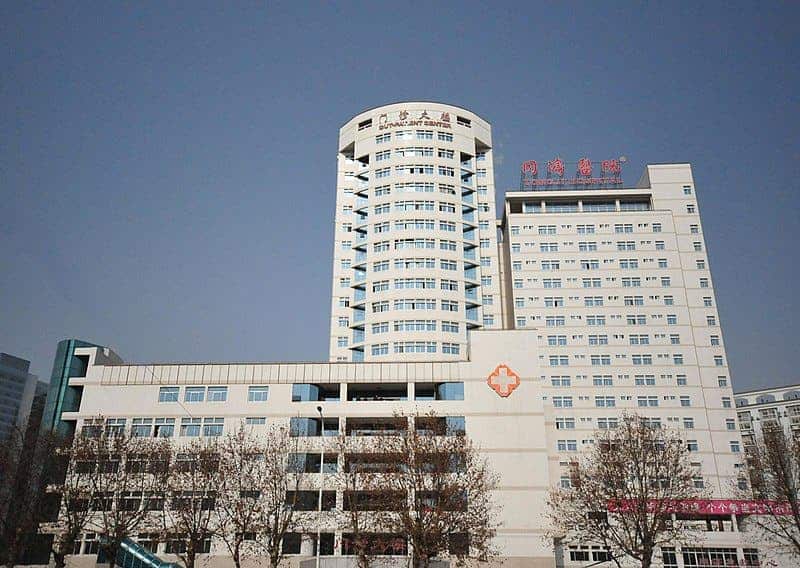Chinese authorities are not sparing efforts to contain the new coronavirus outbreak. In addition to putting Wuhan, a city of over 11 million people, in quarantine, a new 1,000-bed hospital will be built to treat victims of a new coronavirus, state media has announced.

The outbreak started in late 2019 in the city of Wuhan, China. It apparently originated from a so-called wet market (a market selling fresh meat, live animals, and produce); according to research published earlier this week, the virus jumped from bats to snakes, and then to humans — although it’s not entirely clear how the virus managed to jump from cold-blooded to warm-blooded animals.
The virus causes symptoms varying in intensity from flu-like to pneumonia-like, and there is currently no approved treatment or vaccine for it. The virus has already spread to several large cities of China, as well as several other countries, including the US.
This is already reminiscent of the 2003 SARS epidemic, which killed over 300 people and infected many more, spreading to 30 countries. China wants to limit the damage as much as possible, and has already started work on a hospital meant to treat the patients. This is particularly important as the elderly and people with other underlying health issues are particularly at risk.
The new hospital is already being built, with 35 diggers and 10 bulldozers already at the site. The hospital will be erected around a holiday complex originally intended for local workers in Wuhan.
“The construction of this project is to solve the shortage of existing medical resources,” the report said. “Because it will be prefabricated buildings, it will not only be built fast but it also won’t cost much.”
In 2003, the hospital made a major difference, treating over 10% of the country’s entire SARS patients within 2 months, according to Chinese media. It is hoped that a similar or even more impactful intervention can be made here.
Work for the hospital was also motivated by the fact that China was rather unprepared to deal with this type of outbreak. Reports surfaced of bed shortages in hospitals designated to deal with the outbreak. As of now, there are over 900 confirmed cases in China, but the number is continuously growing. The virus has already claimed 26 lives.
There is currently only one lab in China capable of handling the virus — in Wuhan, thankfully. The Wuhan National Biosafety Laboratory is a part of the Chinese Academy of Sciences and was specifically designed to help Chinese scientists “prepare for and respond to future infectious disease outbreaks,” according to a 2019 report CDC report. The lab was also built after the 2003 SARS outbreak.
At the same time, Wuhan is essentially in quarantine. The city of 11 million people is a major transport and academic hub, and yet public transportation has been effectively shut down. The central government imposed the lockdown to stop the spread of the virus, although it is not entirely clear if or how easily the virus can jump from human to human. Residents were told to remain in the city, unless they could provide “special reasons” for leaving. The wet markets have also been shut down temporarily.
However, there are concerns that this will not be sufficient, as Chinese authorities have taken too long to reply. As Chinese New Year approaches, millions of peoples are traveling to be with their families, potentially spreading the virus around.
There are also concerns that this lockdown will place significant stress on the city’s poorest.
It’s always promising when authorities learn from previous events, but it remains to be seen just how effective this approach will be.
Chinese health officials have already classified the new coronavirus as a Class B infectious disease — the same category as SARS and HIV/AIDS. However, the World Health Organization has announced it’s too early to declare the outbreak a global threat.



